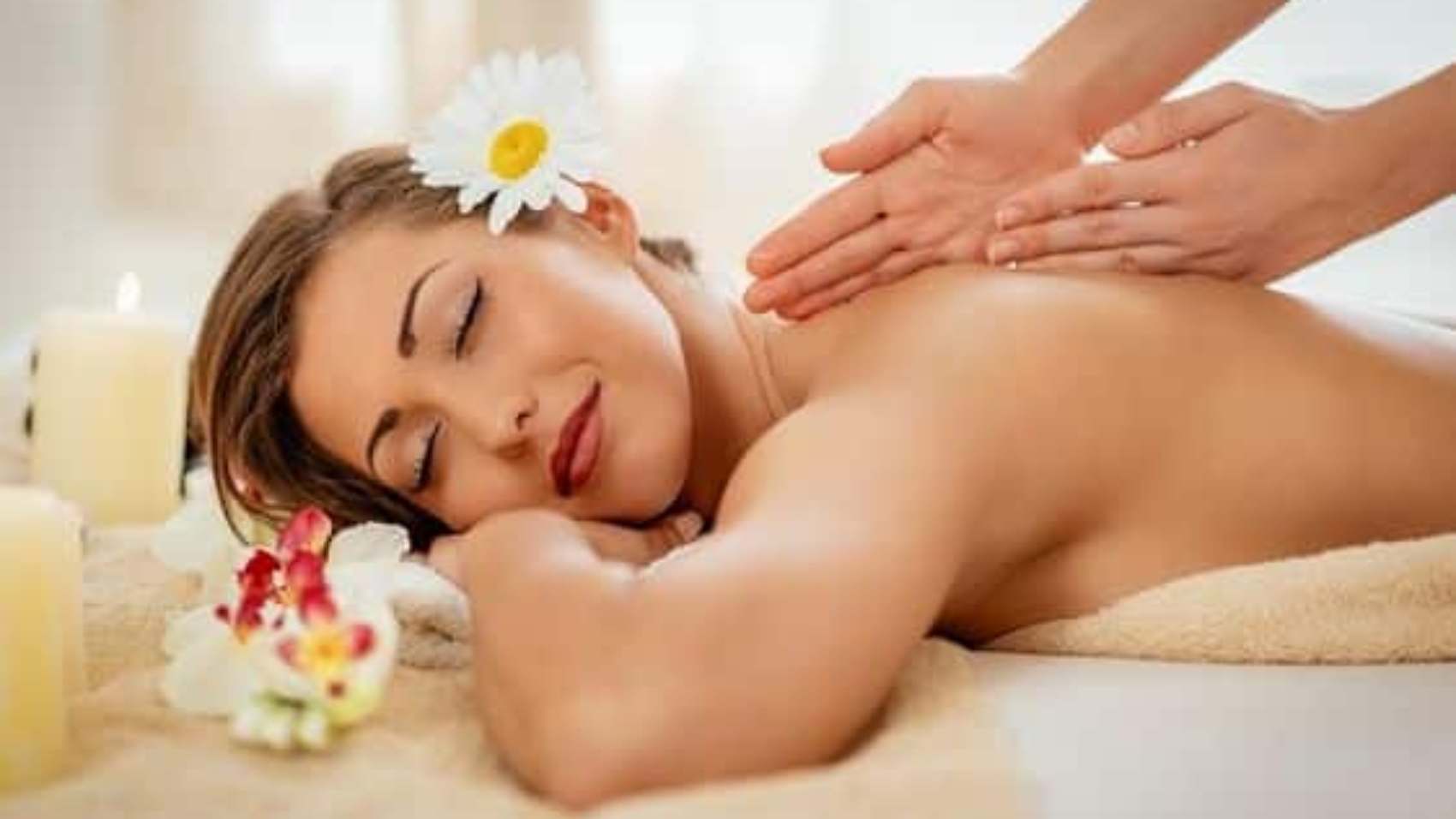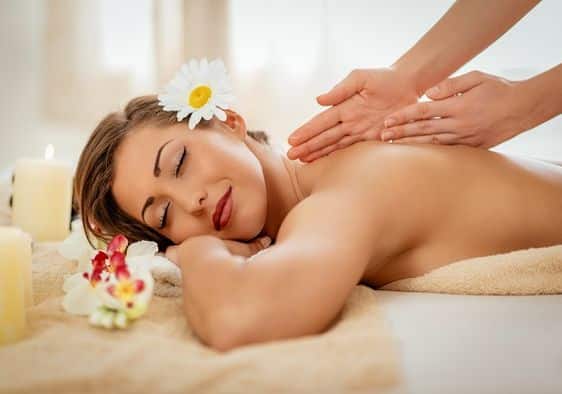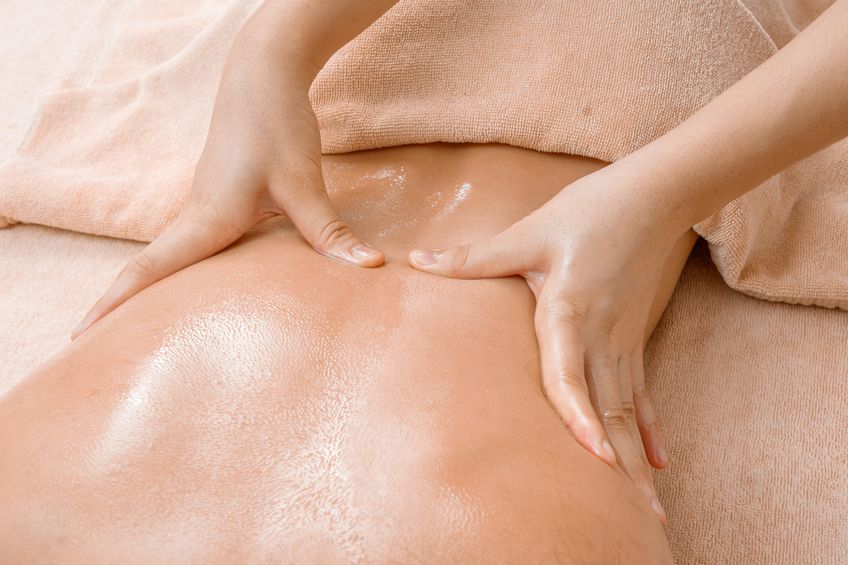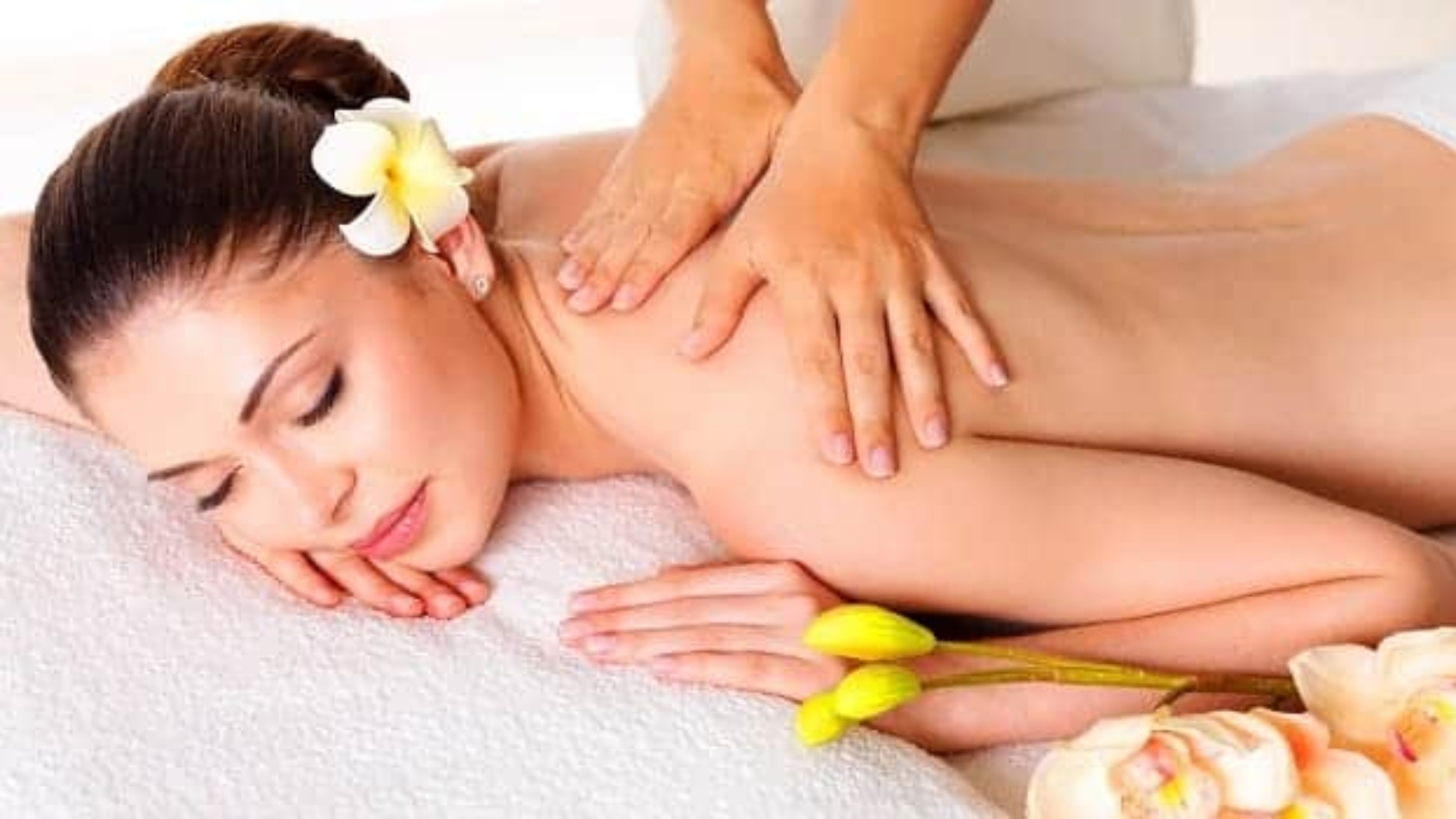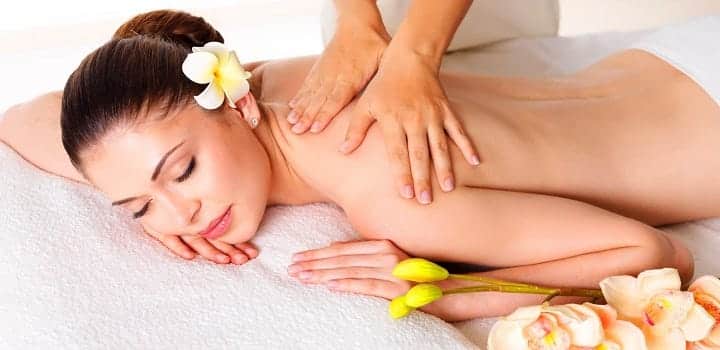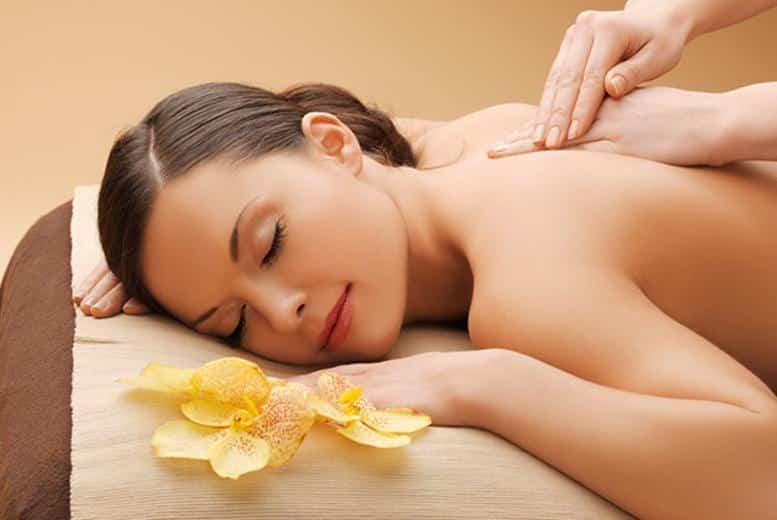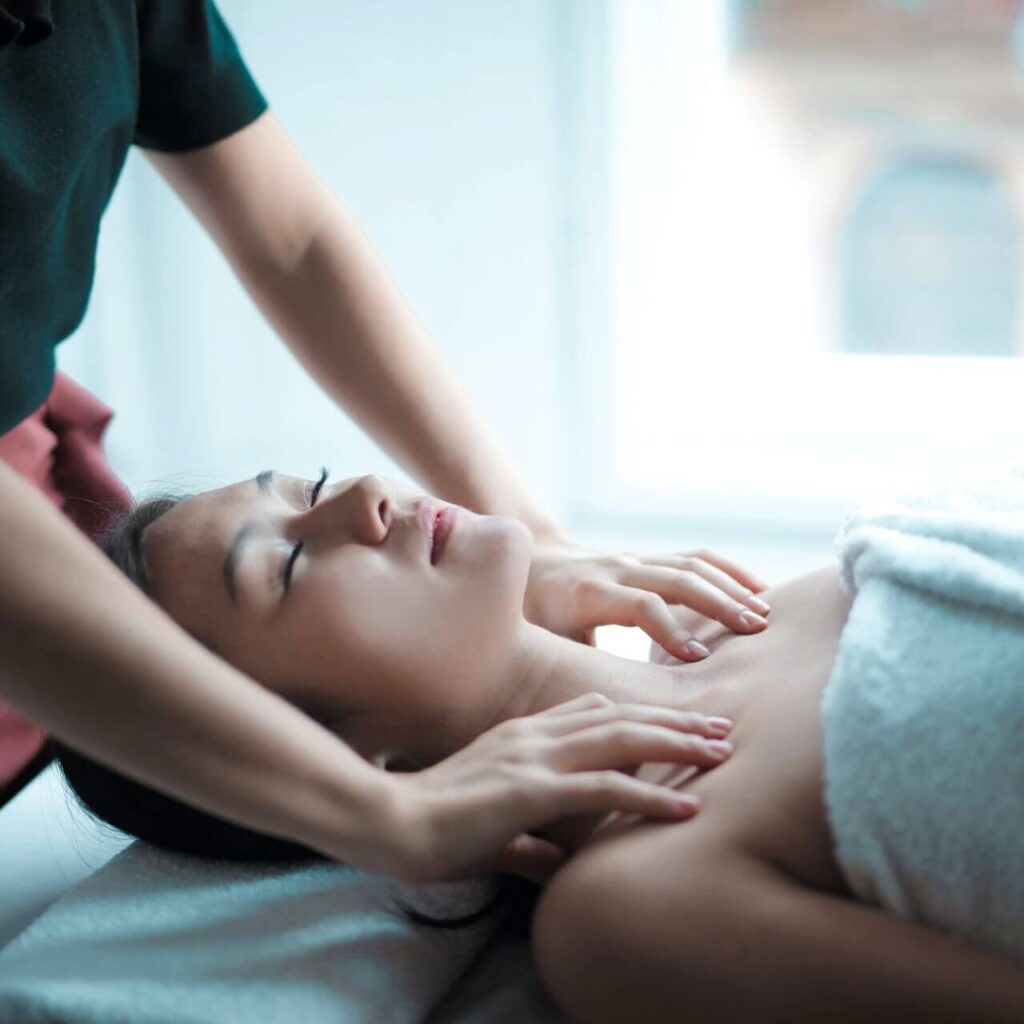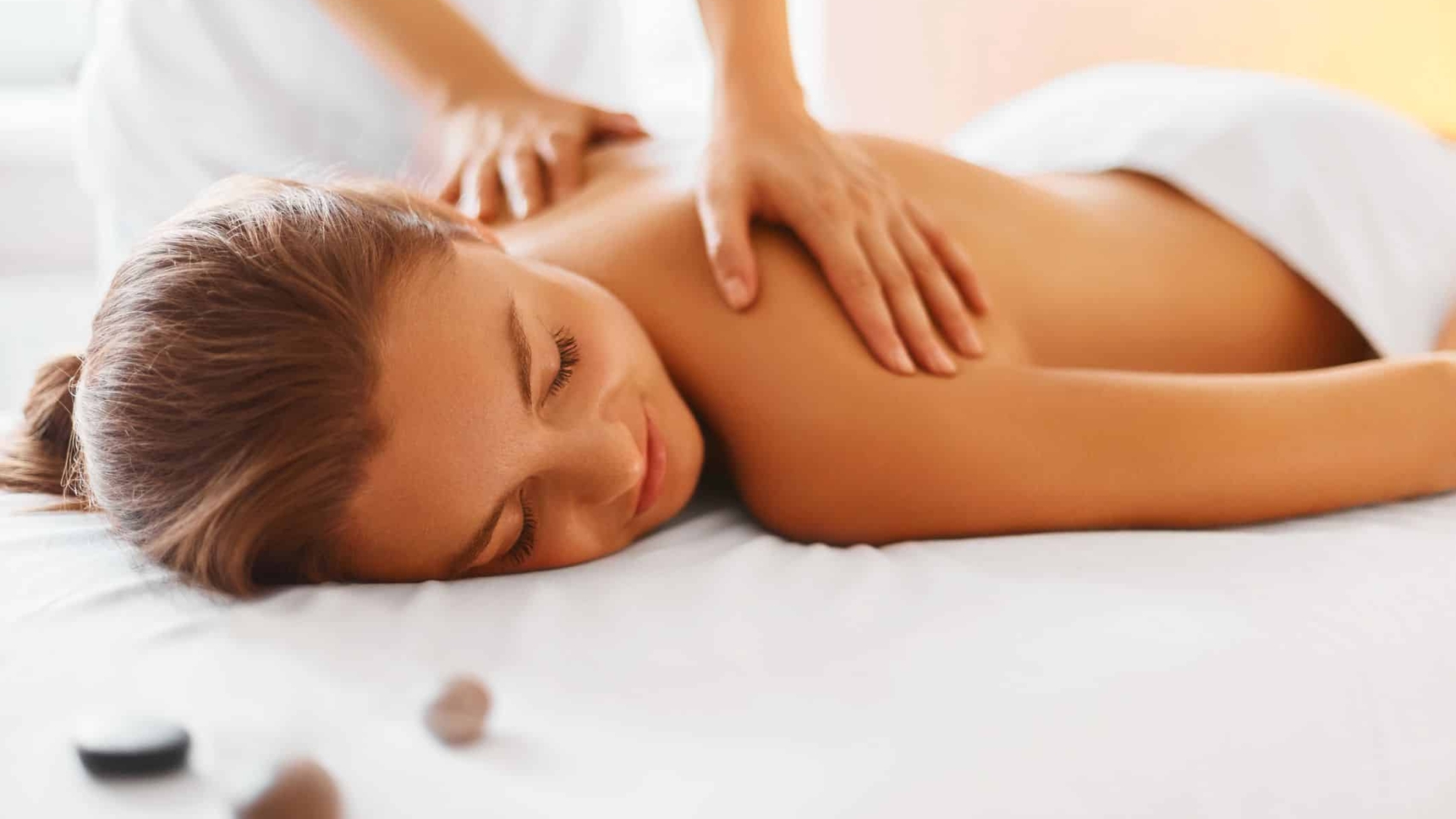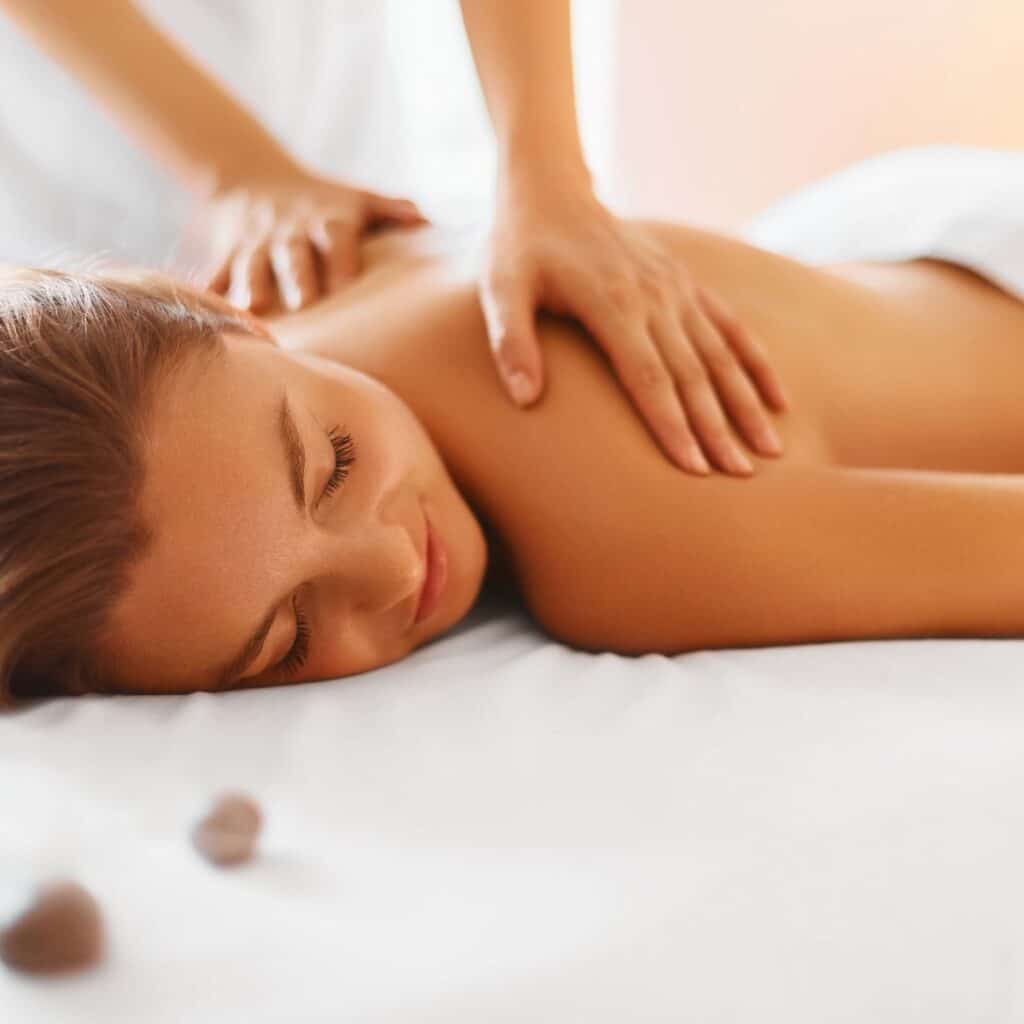
Pregnancy is a wonderful adventure that is a source of pleasure and anticipation. It may, however, also be accompanied by a good amount of aches, pains, and discomforts. The physical and emotional changes can be taxing, causing everything from backaches and swollen feet to tension and anxiety.
This is where massage therapy for pregnant women comes in. It’s a safe and natural way to alleviate many common pregnancy discomforts and promote overall well-being.
More than just a pampering indulgence, massage therapy for pregnant women offers a multitude of benefits that can significantly enhance your pregnancy experience. This extensive manual dives deeply into the realm of prenatal massage, examining its benefits, the various methods used, and how to design a customized relaxation regimen that will enable you to enter this life-changing stage with a newfound sense of ease and comfort.
Get ready to go out on a journey to regain your sense of calm and relaxation amid the physical changes that come with pregnancy. We’ll go over the numerous applications of massage therapy for pregnant women, its scientific basis, and how to choose a licensed therapist to guarantee a positive and safe experience. Now that you’ve propped up your feet and poured yourself a calming cup of tea, let’s explore the world of prenatal massage a gift you deserve for this amazing chapter of your life.
Benefits of Massage Therapy for Pregnant Women
An increasing number of studies are emphasizing the advantages of massage therapy for pregnant women. Here are a few main benefits:
- Decreased aches and pains: The physical strain of pregnancy can include headaches, leg cramps, and back pain. Through increased circulation and muscle relaxation, massage therapy can help reduce these aches.
- Better sleep: Because of their discomfort and anxiety, many pregnant women have trouble falling asleep. Better sleep quality and relaxation are two benefits of massage therapy.
- Decreased anxiety and stress: Being pregnant may be a trying time. In addition to reducing stress hormones, massage therapy can help people feel at ease and healthy.
- Increased blood flow throughout the body: Massage treatment promotes improved blood flow, which has advantages for both mom and child.
- Decreased edema: During pregnancy, leg and ankle edema is a frequent problem that massage might help with.
- Enhanced mood: Massage therapy’s ability to promote relaxation and reduce tension might enhance mood and lessen depressive symptoms in expectant mothers.
- Preparation for labor: Research indicates that by promoting relaxation and lessening pain perception, massage treatment may assist in preparing the body for childbirth.
Types of Massage Therapy for Pregnant Women
Not all massages are created equal, and some techniques are not recommended during pregnancy. Here are some safe and effective types of massage therapy for pregnant women:
- Prenatal Massage: Prenatal massage is a type of massage specifically designed to meet the needs of expectant mothers. Prenatal massage therapists receive training in safe posture and techniques to guarantee a relaxing and productive session.
- Swedish massage: This type of massage is mild and enhances circulation and relaxation by using long strokes and kneading. It’s a well-liked option for pregnancy massage.
- Side-lying Massage: It is not advised to lie on your back while pregnant. Prenatal massages usually involve you lying on your side with pillows positioned for comfort and support.
Methods of Massage Therapy for Pregnant Women
Prenatal massage therapists employ a range of safe and efficient approaches for expectant mothers. Here are a few typical instances:
- Effleurage: This is a lengthy, flowing stroke that aids in circulation improvement and relaxation.
- Petrissage: A kneading method called petrissage might help to relieve tense muscles.
- Friction: To target certain areas of tension, this approach applies circular motions.
- Lymphatic Drainage: This mild method can help reduce edema by distributing fluids throughout the body.
What to anticipate from a pregnancy massage
The therapist will probably want to chat with you before giving you your first prenatal massage. They will talk about your intended results, any pregnancy-related worries, and your medical history.
An approximate overview of what to anticipate from a standard prenatal massage session is as follows:
- Positioning: A massage table will be used to comfortably position you, with pillows designed to support your legs, tummy, and back. In general, you should avoid lying on your stomach.
- Focus regions: The therapist will pay particular attention to the back, shoulders, neck, legs, and feet, as these are common areas affected during pregnancy.
- Pressure: You’ll feel a light pressure that is customized to your comfort level. If you are uncomfortable, don’t be afraid to let your therapist know.
- Duration: The average length of a prenatal massage session is between sixty and ninety minutes.
Crucial Things to Think About Before Having a Prenatal Massage
Massage therapy during pregnancy is generally safe for the majority of healthy women, however, there are specific circumstances in which it might not be advised. Here are some things to remember:
- Trimester: A lot of massage therapists advise delaying prenatal massages till the second trimester. This is because there is a decreased chance of miscarriage at this period.
- Medical issues: It’s important to see your doctor before receiving a massage if you have any pre-existing medical disorders or are experiencing pregnancy complications.
- Locating a licensed massage therapist: Seek out a prenatal massage professional massage therapist. They will be equipped with the skills and training necessary to deliver a secure and satisfying massage.
Additional Relaxation Methods for Pregnant Women
Although it’s not the only choice, massage treatment is a fantastic tool for relaxation during pregnancy. You can add the following extra techniques to your routine:
- Warm baths: Relaxation, better circulation, and reduced muscle tension can all be achieved by soaking in a warm bath. A doctor’s approval is required before adding essential oils, so be sure the water isn’t too hot.
- Prenatal yoga: This mild kind of yoga includes poses and stretches created especially for expectant mothers. It can ease back discomfort, increase relaxation, and increase flexibility.
- Meditation: One of the most effective methods for reducing stress and anxiety is meditation. You can choose the meditation method that is most effective for you from among the many available.
- Acupressure: Acupressure is the practice of applying pressure to particular body spots to reduce stress and ease pain. Seeking advice from a licensed acupuncturist with prenatal acupressure training is crucial.
- Aromatherapy: During pregnancy, several essential oils can help with stress management and relaxation. But before using any essential oils, it’s imperative to speak with your doctor because some of them might be dangerous to use while pregnant.
- Rest: During pregnancy, getting enough sleep and making time for relaxation are crucial for general health. Give top priority to things that relieve tension and help you relax.
Establishing a Relaxation Schedule for Pregnancy
By incorporating a variety of relaxation methods, including massage therapy for pregnant women, you can create a personalized routine that helps you feel your best throughout your pregnancy. Here are some tips for building your routine:
- Experiment and find what works for you: Try different things to see what suits you best. There isn’t a one, universal strategy for unwinding. Try a variety of techniques to see which one makes you feel most at ease and relaxed.
- Establish recurring appointments: A major impact can be achieved by including massage therapy or other relaxing techniques in your daily practice.
- Listen to your body: Pay attention to your body. Observe your body’s sensations and modify your activity accordingly. Avoid overexerting yourself and take rests as required.
- Consult your doctor: If you have any queries or worries concerning massage therapy or other relaxation techniques while expecting, don’t hesitate to bring them up.
Conclusion
Upon completion of this investigation into the realm of massage therapy for pregnant women, a deep sense of empowerment and self-care ought to surely establish itself. You’ve seen the many advantages this natural method provides, from reducing pain and discomfort to promoting peace and well-being.
Remember, pregnancy is a unique and individual journey. By incorporating massage therapy for pregnant women into your self-care routine, you’re actively choosing to prioritize your comfort and well-being. This commitment helps your developing unborn child have a better pregnancy in addition to benefiting you.
You are now able to make wise selections thanks to your newfound knowledge. Discover various massage techniques, locate a licensed therapist who understands your needs, and most importantly, pay attention to your body. Never be afraid to be honest and transparent with your therapist to make sure that you get the precise relief and relaxation you need from each session.
Massage therapy for pregnant women is more than just a temporary escape from discomfort; it’s a transformative tool that empowers you to navigate the physical and emotional changes of pregnancy with grace and confidence. Take this improved understanding and appreciation of rest with you as you set out on the last phases of your pregnancy adventure. Let it serve as a compass as you get ready to meet your new baby and embrace the life-changing adventure that is parenthood.
FAQs
Q.1 Is receiving massage therapy safe when expecting?
Sure, if your healthcare provider has given the go-ahead and the massage is given by a licensed prenatal massage therapist.
Q.2 Is massage treatment beneficial for back pain associated with pregnancy?
Of course! Massage therapy works wonders for back pain relief by easing tense muscles and boosting blood flow.
Q.3 When is the best time to avoid getting a massage when pregnant?
If you have issues such as premature labor, preeclampsia, or other medical conditions, stay away from massage therapy. See your doctor first, always.

